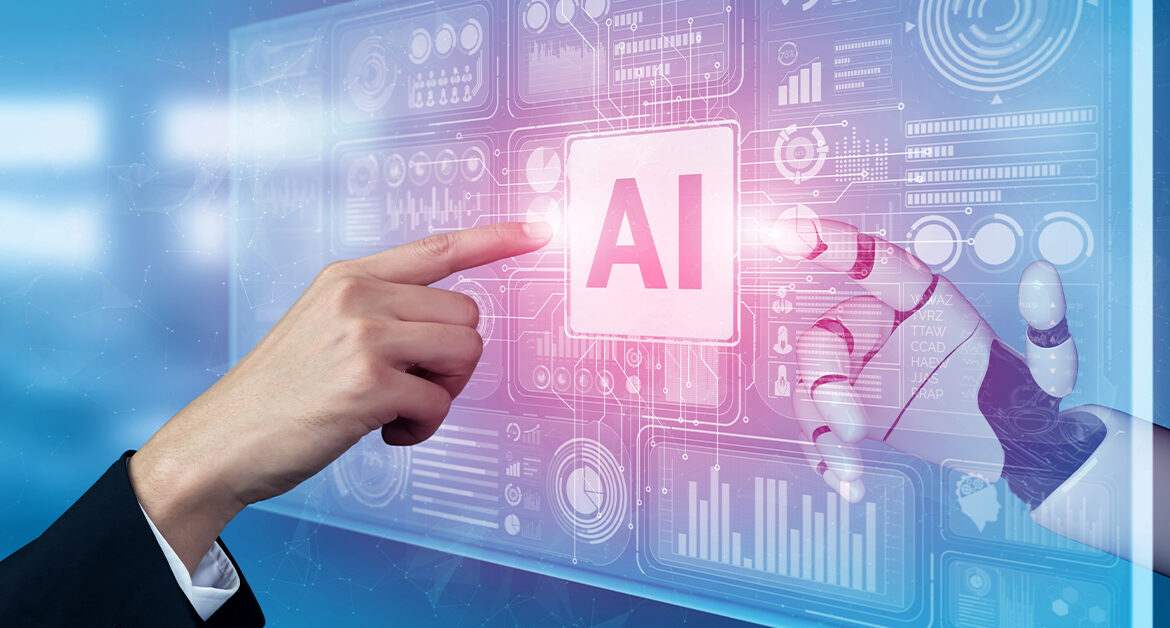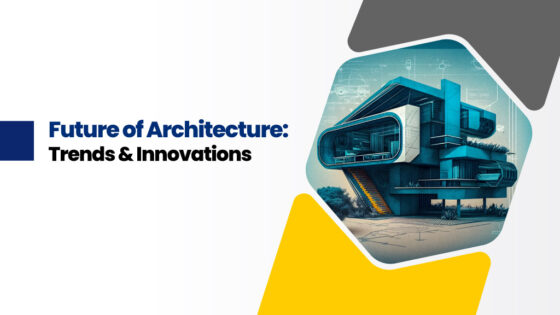Recent studies have found that individuals have different needs in terms of automation. Also, the most advanced, high-intelligence computers perform the majority of human work. You must all be aware of how artificial intelligence is transforming sectors like manufacturing, healthcare, and transportation. What about architecture, then?
Artificial intelligence is a high-tech mechanical system that can do any work, but it also requires some human input, such as the ability to understand images or create designs. AI performs well in architecture because it works and produces the best results feasible by analysing a lot of facts. This states the need for architects to be well aware of using AI technologies if they want to work on heavy-budget projects. Thus, top architecture colleges in South India now consider the recent needs of the industries and add AI techs to their specialisations. In this article, you can find proof that AI is a high priority subject in today’s architecture field.
EIGHT ways to prove AI is changing the field of architecture:
The importance of architects and the effort made to analyse the problem and find solutions will always be the first priority.
1. Building Efficiency
Nowadays, software tools and applications make building calculations and environmental analysis simple tasks. With the help of artificial intelligence, it is now easy for the architects to understand and get to know the data like temperature, climatic changes, and material ratings, which makes it easier for them to forecast and plan.
Now that technology is more prevalent, it allows smaller practises on larger projects since they can tap into the internet and all the resources at their fingertips to develop better proposals.
2. Design and Data Analysis Easy with AI.
When it comes to planning a building, you need AI to make a plan and design the structure significantly through BIM. CAD offers 2D and 3D models of buildings, but BIM offers the design software programmes that include conceptual design, detailed design, operation, and maintenance for the construction of building plans. AI provides the data and identifies the trends and inefficiencies beforehand, which allows architects to design better and longer-lasting projects. The Coimbatore architecture colleges are now implementing the use of BIM software to broaden their knowledge about the tools and techs used today.
3. Virtual reality to forecast.
Augmented reality has already found a place in the game industry and is now finding a place in architecture and design. Companies allow clients to experience the reality of the designed building without breaking ground. So, when planning a blueprint for a project, AI implements everything from aesthetics to sound, design before spending much on materials or construction.
4. Improved construction process.
There is great potential for the integration of AI into the construction industry, where it can reduce building costs. How? AI can analyse the location of the construction sites, identify potential risks that reduce safety hazards and delays. These predictions in the construction field help to improve productivity and safety.
5. Creative Possibilities:
AI is expanding the creative options available to architects. Using generative design, the algorithms provide a variety of design potentials depending on predetermined criteria. This technology enables architects to investigate a considerably wider range of design options when compared to traditional methods. And now, while pursuing in the b des colleges in Coimbatore you can gain these practices through internship programs.
6. Security features
AI is also used in the form of smart locking systems where it can restrict suspicious activities and enter the place with a key card or code. These secure AI systems are mostly used in businesses, offices, and campuses.
7. Building Maintenance
To conserve energy and save money, the use of AI based energy management platforms is a better option. AI devices analyse the data from sensors to monitor any leaks or breakdowns. It makes it easier to keep track of the building’s performance and efficiency. The AI powered smart cities are making us rethink traditional models.
8. Collaborative design:
AI software is making it possible for architects to cooperate more successfully. Regardless of where they are physically located, architects may collaborate in real-time using cloud-based AI tools. As a result, cooperation is made easier, and architects have access to a much wider range of knowledge. AI has larger benefits when compared to the design studio.
Conclusion
The use of Artificial intelligence in Architecture has various aspects that includes the cost of using the technology, professional experts to manage AI and the specific needs and preferences that most of the architects and businesses do consider. Still, some might consider the traditional methods even AI comes with the various design features and improvements on the construction field or in AEC industry.
To conclude, the AI in architecture solely depends on business and companies. And the best b. Arch colleges in Tamilnadu understand the need and focus on implementation of AI tools along with the traditional techniques and its uses. On the bright side, AI is developing and widely available and giving opportunities to architects.






